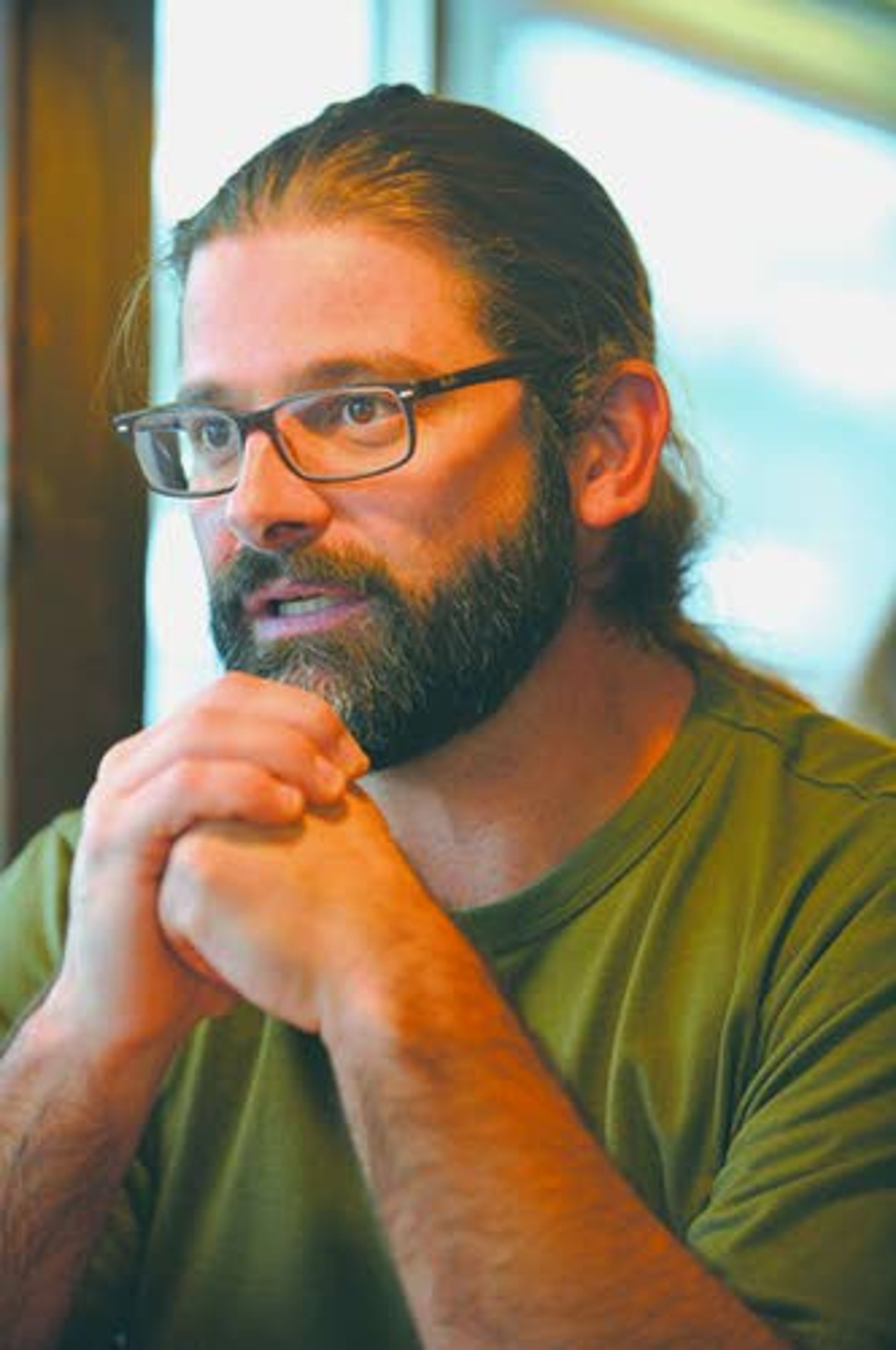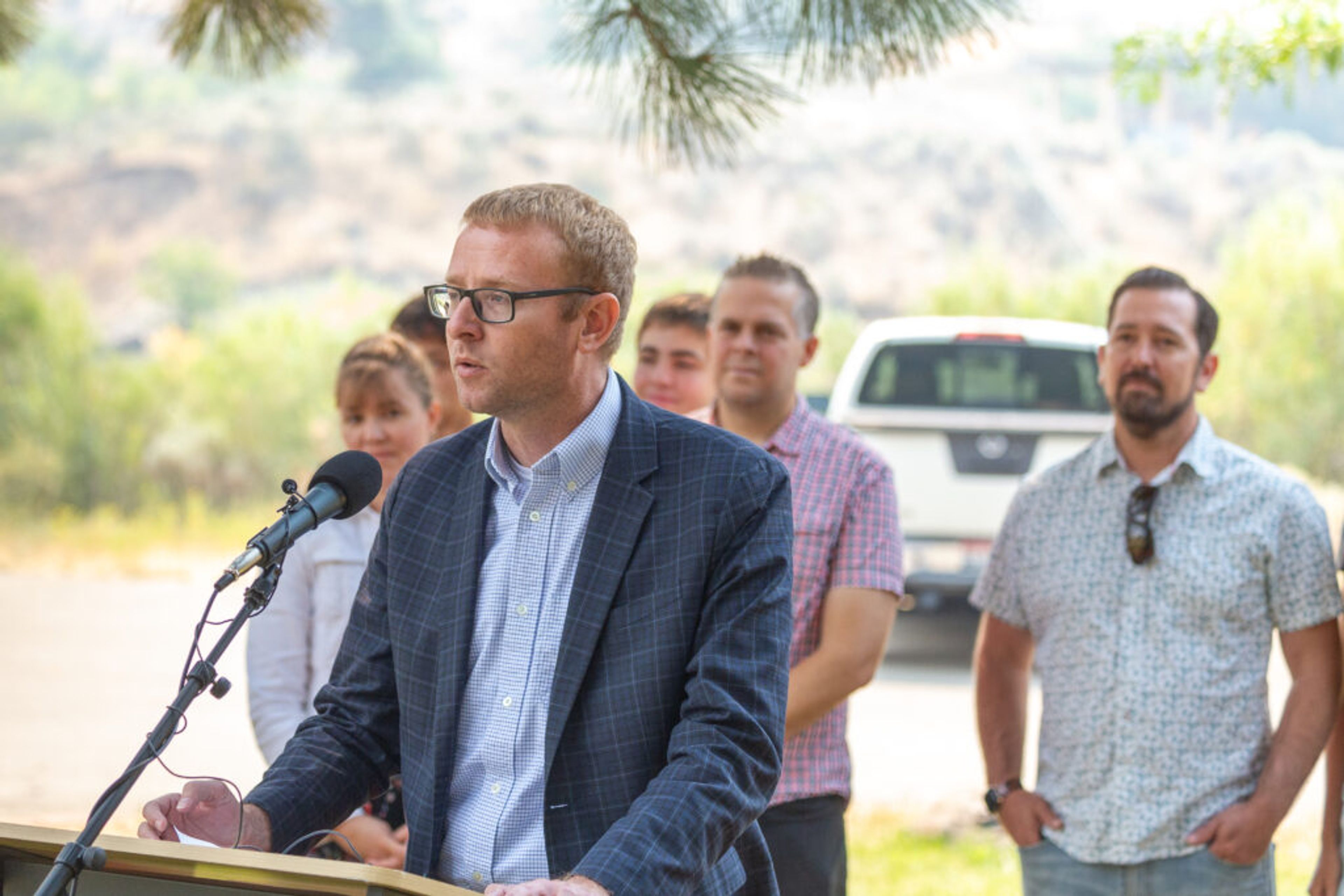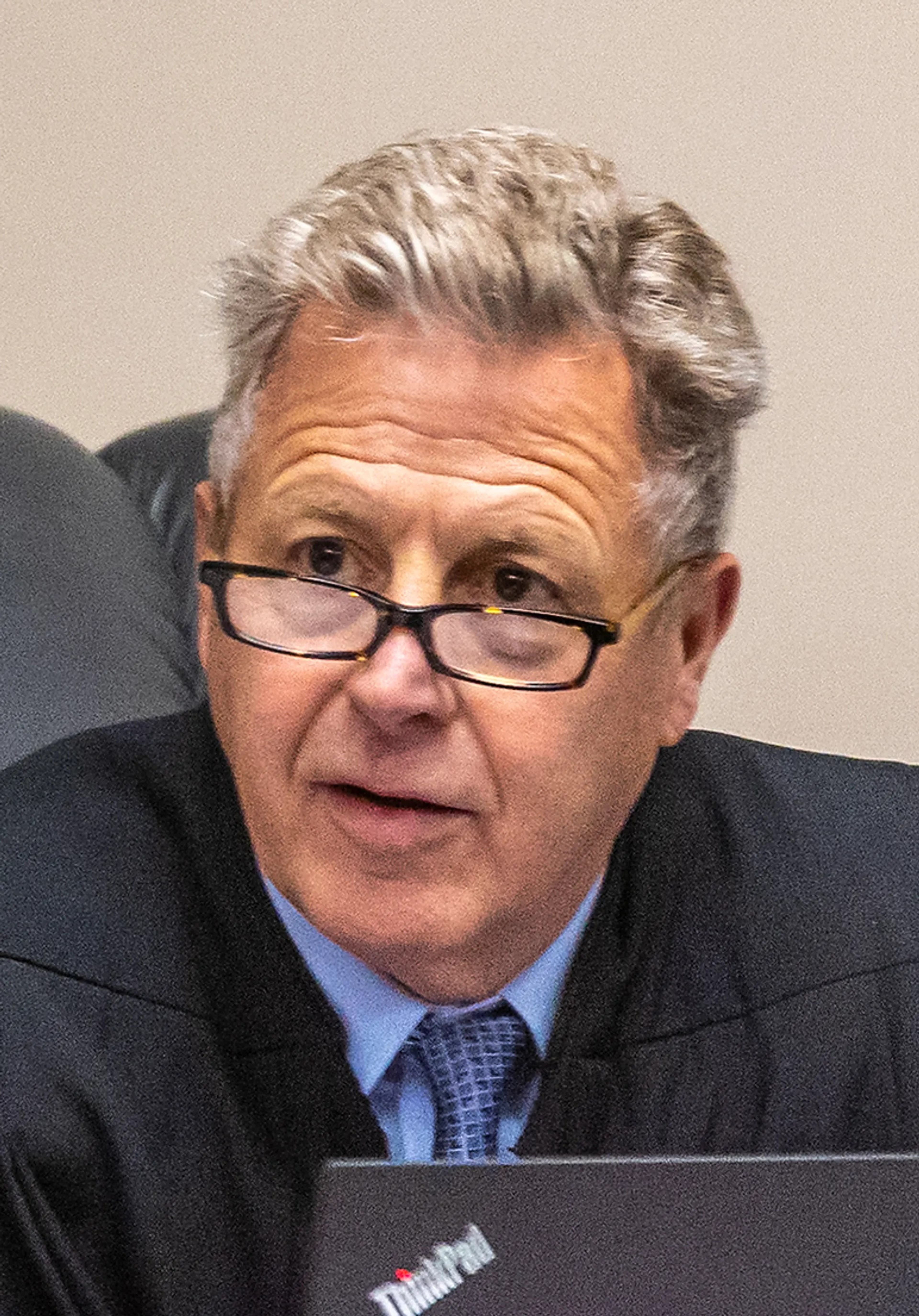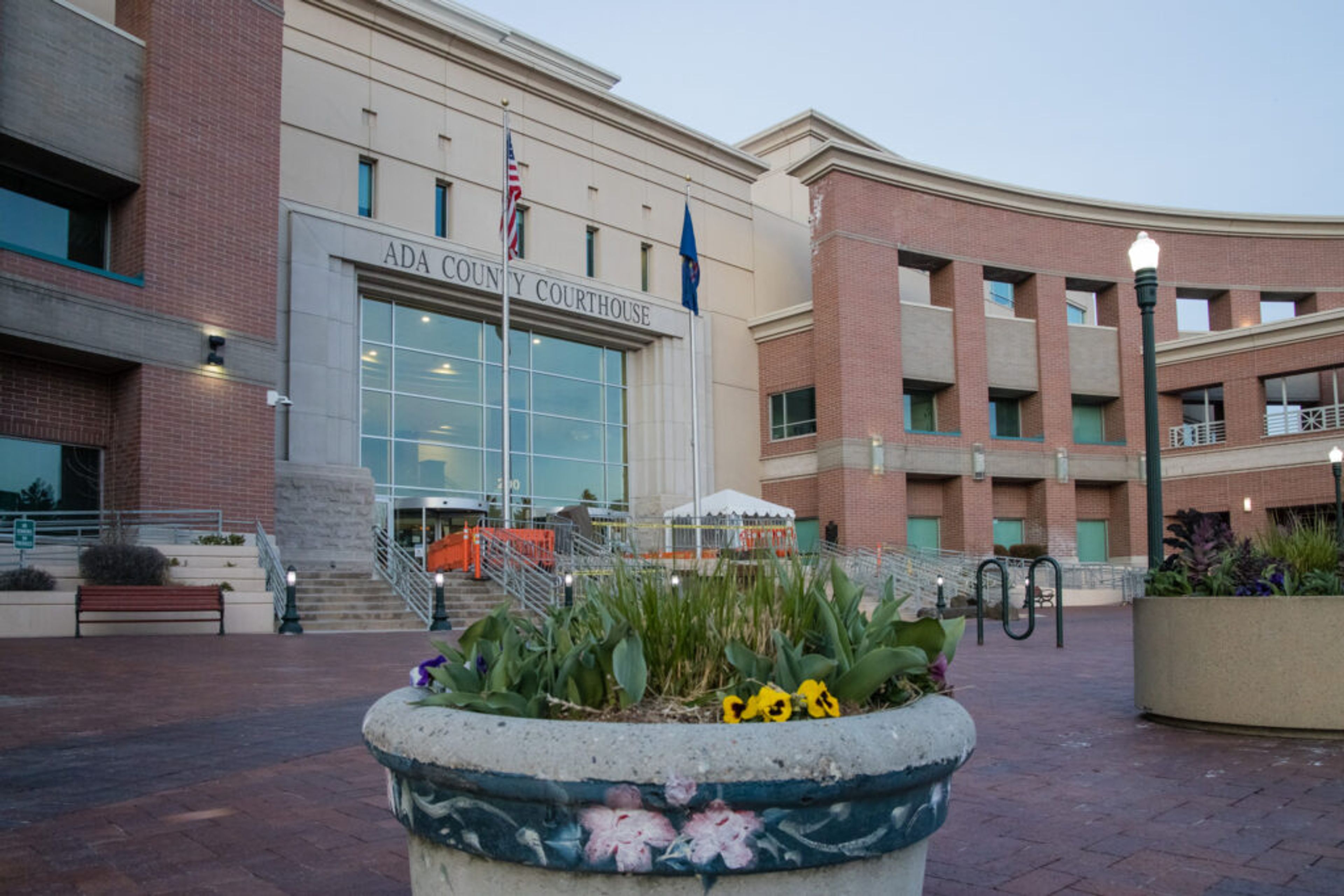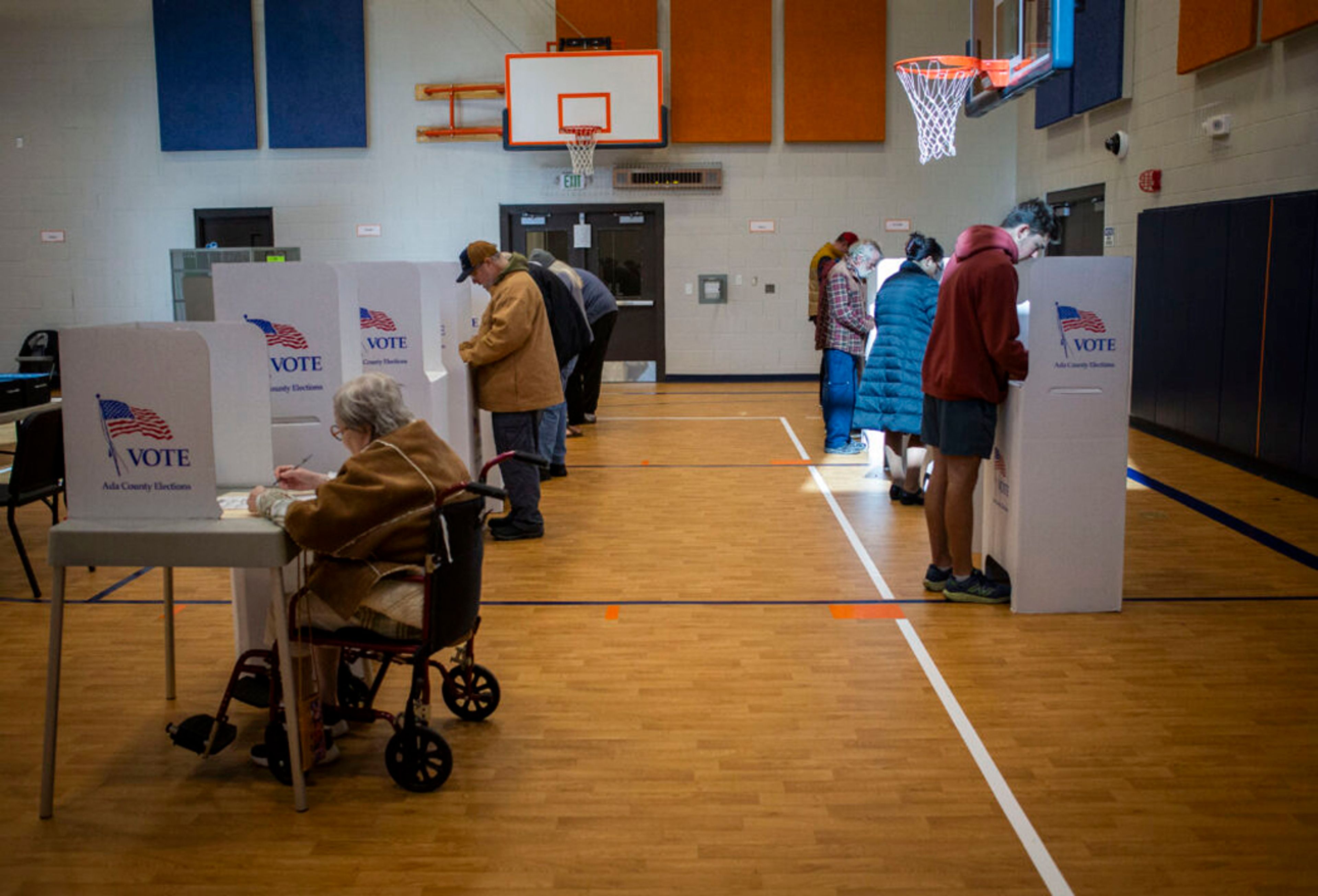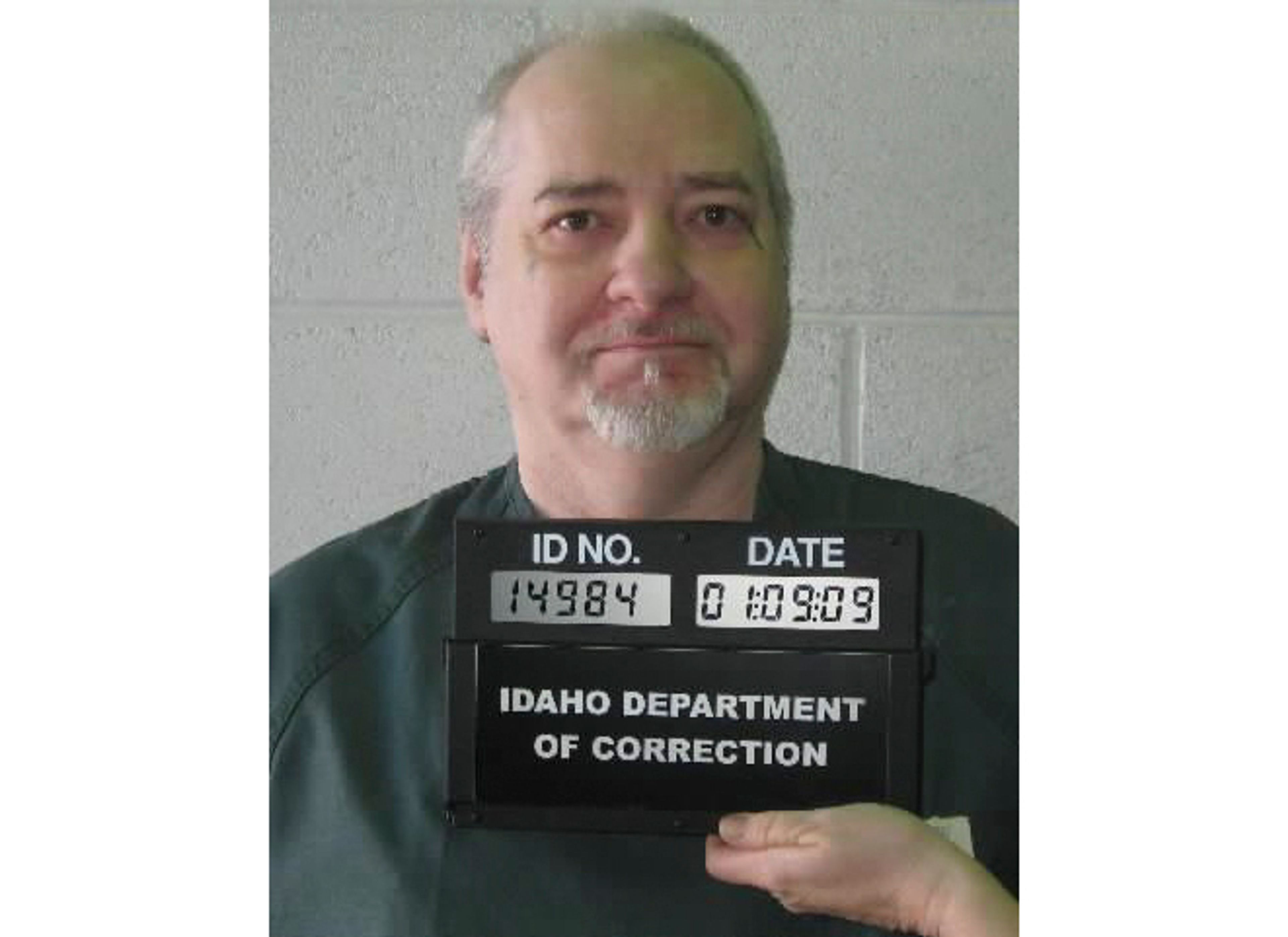Bellingham archaeologist revisits WWII battle
Historian, former Marine goes back to Tarawa atoll
BELLINGHAM, Wash. - Garth Baldwin recently spent three weeks on a small island in the turquoise waters of the Pacific Ocean, but it was no vacation in paradise.
An archaeologist based in Bellingham, he was sifting coral sand for the remains of U.S. Marines and sailors killed during a bloody World War II battle on Tarawa atoll.
The work left Baldwin drenched in sweat, his hands gritty and calloused. The tropical beaches nearby are littered with trash and fouled by latrines.
"It's uncomfortable and challenging," he said.
Baldwin, 43, is familiar with military matters, having served in the Marines for four and a half years before earning a master's degree in anthropology at Western Washington University.
Searching for human remains is a regular part of his job at Drayton Archaeology, but his work at Tarawa was his first time searching for soldiers' remains. It also was his first time working for History Flight, a nonprofit Florida organization.
The Japanese captured the Gilbert Islands, a British protectorate that included Tarawa atoll, in 1941. Today, the Gilberts are independent and carry a new name, the Republic of Kiribati.
Located midway between Hawaii and Australia, Kirabati straddles both the equator and the International Date Line, making it the only country to occupy all four hemispheres - northern, southern, eastern and western.
"It's almost the end of the world," Baldwin said, "but not quite."
During the war, U.S. military leaders realized the Gilberts were a crucial link in their plan to island-hop across the central Pacific toward Japan. Their immediate focus was Betio, a small island with an airfield on the west side of Tarawa.
The Japanese also recognized the atoll's importance and heavily fortified it with trenches and bunkers, tanks, artillery and coastal defense guns, plus 3,000 soldiers and 2,200 Japanese and Korean laborers.
With a coral reef offshore, shallow waters and no terrain to provide shelter, the Japanese held a natural tactical advantage. To offset that, the U.S. assembled some 35,000 troops and more than 100 warships, the largest American fleet at the time.
It was the first amphibious U.S. assault against a heavily fortified coral atoll, a harbinger of future fights against the Japanese. The battle, launched Nov. 20, 1943, lasted just 76 hours, but carried a fearful price.
About 1,100 Americans were killed, maybe more, and more than 2,200 were wounded. All but 145 on the Japanese side were killed. The fighting left 6,000 people dead in the equatorial heat, so quick burial was a necessity.
"I can't imagine how horrifying that must have been," Baldwin said.
The Japanese were usually buried where they were found. The Americans were buried in more than three dozen cemeteries, from a few bodies, to dozens laid side-by-side and wrapped in ponchos in trenches. The graves were shallow because the water table on the atoll is high.
At the same time, military construction crews busily expanded the airfield and built roads and offices on Tarawa.
After the war, in 1946, American excavation teams returned to find and identify the dead. But the cemeteries' boundaries didn't always correspond to where the soldiers were buried, so hundreds of the dead were not retrieved, and some burial sites had been covered with pavement or buildings, Baldwin said.
In addition, remains taken to Hawaii for burial were treated with a preservative that destroyed their DNA, which, with later technology, could have been used to identify the fallen soldiers.
"We need bones that haven't been DNA-ruined," Baldwin said.
That's why he and a half-dozen other workers, including Clayton Swansen of Blaine, a former Navy diver and an ordinance expert, combed five sites in search of remains.
They found bone fragments, ammo, ID bracelets, a canteen, a pocket knife and dog tags, among other artifacts.
Dog tags, alone, aren't considered sufficient to identify a soldier. For that, remains with DNA, say, an intact tooth or a large bone, is needed. Possible remains of several Marines were found, Baldwin said.
They also recovered Japanese remains, which are relayed to the Japanese government for cremation.
According to the History Flight website, nearly 500 Marines and sailors killed at Tarawa remain missing.
History Flight was started by Mark Noah, a commercial pilot intent on locating the remains of missing WW II service members.
"He's made a commitment," Baldwin said. "What he's doing is really selfless."
